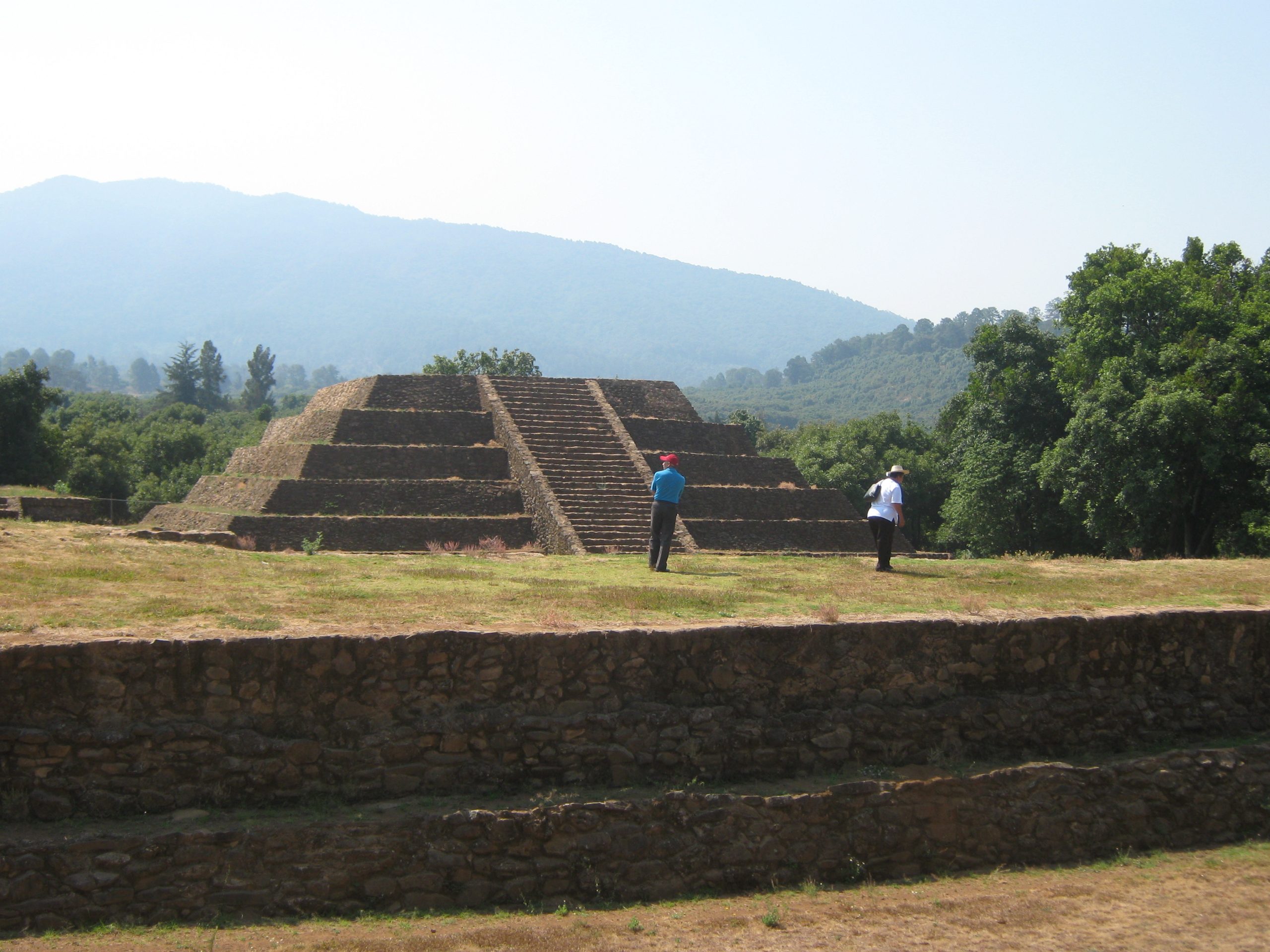The Archaeological Significance of Tingambato
Tingambato, located in the state of Michoacán, Mexico, represents a crucial archaeological site for understanding the pre-Tarascan cultures of western Mexico. Its significance lies in its occupation during the Classic and Epiclassic periods, which predates the rise of the Tarascan Empire, a dominant force in the region. The site offers invaluable insights into the cultural dynamics and architectural practices before the Tarascan hegemony. Recent archaeological efforts have intensified, aiming to unravel the history and development stages of Tingambato through various excavation units and archaeomagnetic dating methods.
Get your dose of History via Email
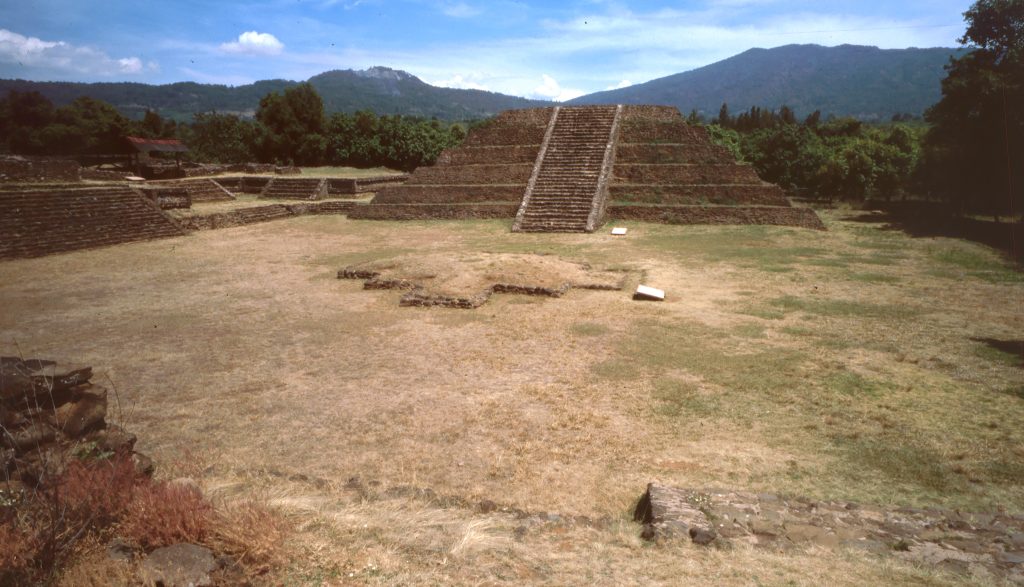
Archaeological Investigations and Findings
The archaeological exploration of Tingambato began in earnest in 1978, revealing evidence of human settlement from approximately AD 200 to 900. Initial studies uncovered signs of a catastrophic fire, suggesting a possible reason for the site’s abandonment. This event marked the end of human occupation at Tingambato, aligning with patterns observed in other Mesoamerican cultures where fire led to the desertion of settlements.
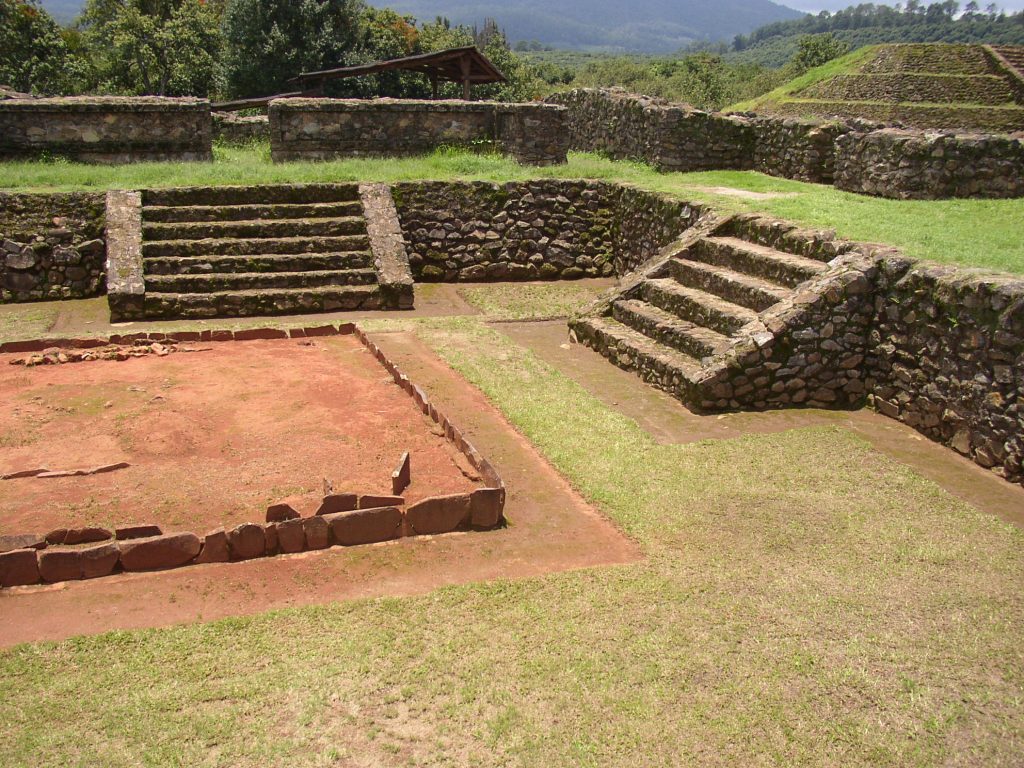
Further research, particularly by the “Archaeology and Landscape of the South-Central Area of Michoacán Project” (PAPACSUM) since 2013, has focused on delineating the site’s construction phases and their corresponding timelines. Excavations have unearthed materials showing varying degrees of exposure to fire, which, through archaeomagnetic analysis, have provided dates for these events. This method relies on the alignment of magnetic minerals in ceramics with the Earth’s geomagnetic field at high temperatures, offering a way to date the artifacts based on secular variation patterns.
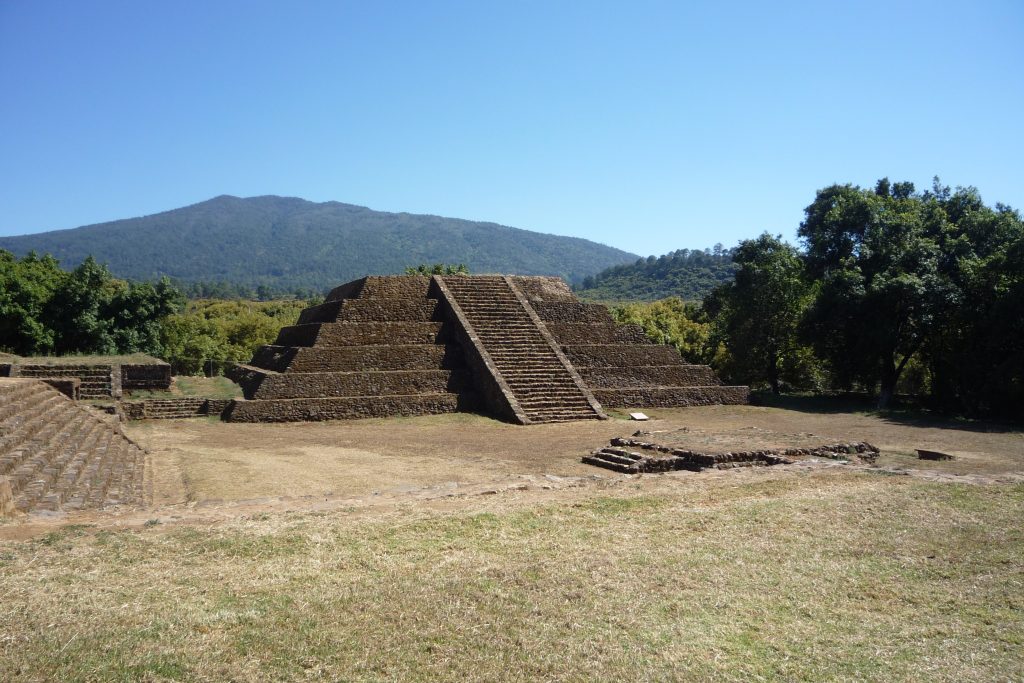
The Site’s Location and Environmental Context
Tingambato is situated within the Michoacán-Guanajuato volcanic field, part of the Trans-Mexican Volcanic Belt. The site’s environment, characterized by volcanic highlands and a temperate climate, played a significant role in its settlement and development. The region’s geological features, including a series of faults and pyroclastic soils, have influenced the archaeological site’s preservation and the materials found therein.
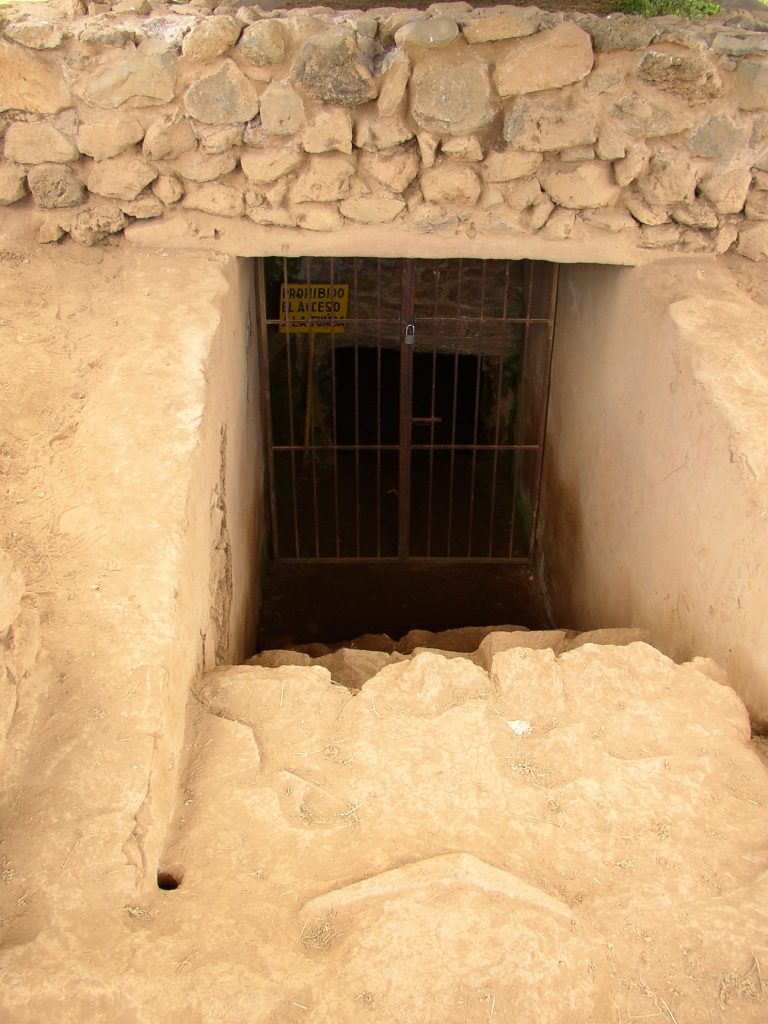
Chronology and Construction Phases
The site’s occupation and architectural development are divided into distinct periods and construction phases. Initial investigations proposed two main periods of occupation, from AD 450 to 600 and from AD 600 to 900, with significant constructions such as the ceremonial center and the “Juego de Pelota.” More recent studies have refined this chronology into three construction stages between AD 200 and 700/750, detailing the evolution of the site’s architecture, including the construction of platforms, tombs, and the introduction of specific architectural styles.
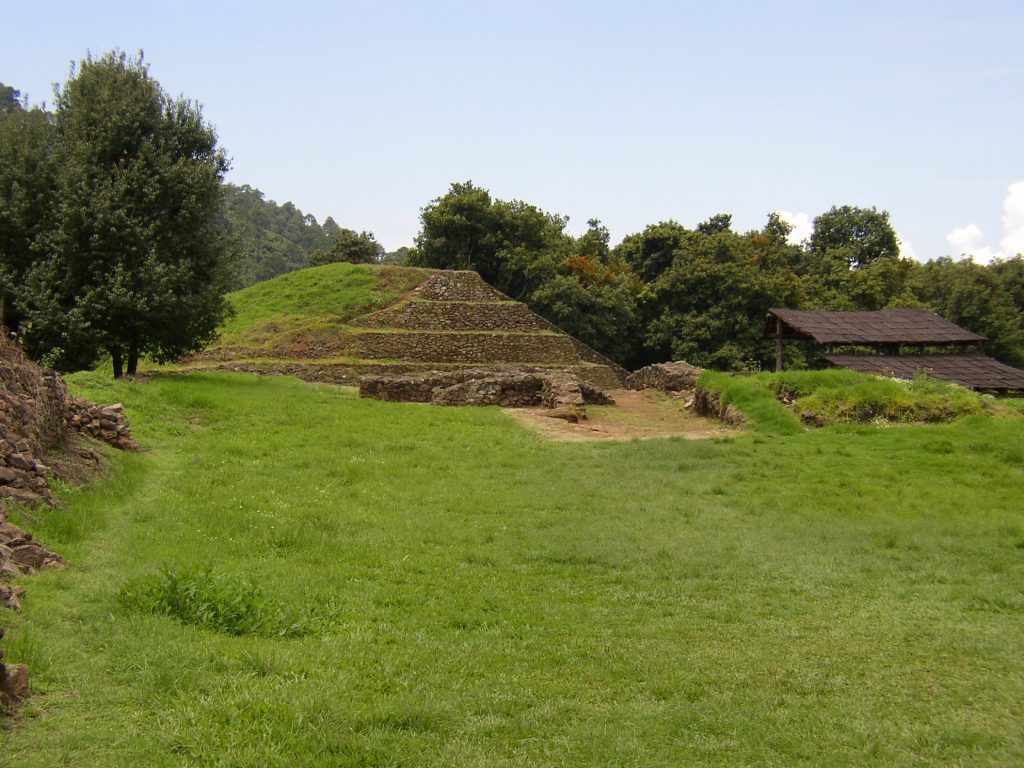
Conclusion
Tingambato offers a window into the cultural and architectural practices of western Mexico before the Tarascan Empire’s rise. Through archaeological and archaeomagnetic investigations, researchers have begun to piece together the site’s history, from its initial settlement to its eventual abandonment following a catastrophic fire. These findings not only enrich our understanding of pre-Tarascan cultures but also highlight the importance of interdisciplinary approaches in archaeology.
At a Glance
- Civilization Name: Pre-Tarascan cultures
- Country: Mexico
- Age of the Site/Place: Occupied from approximately AD 200 to 900
Sources:
Research Gate
Academia.edu

